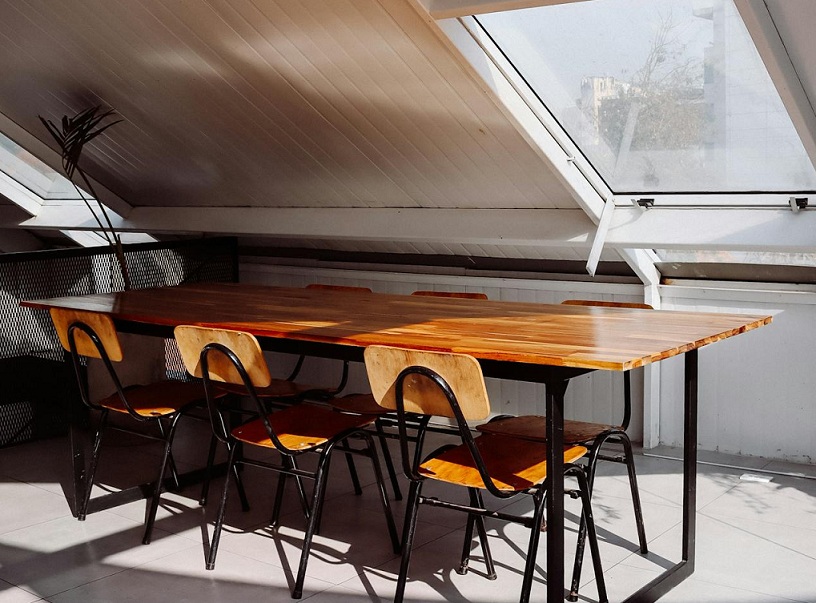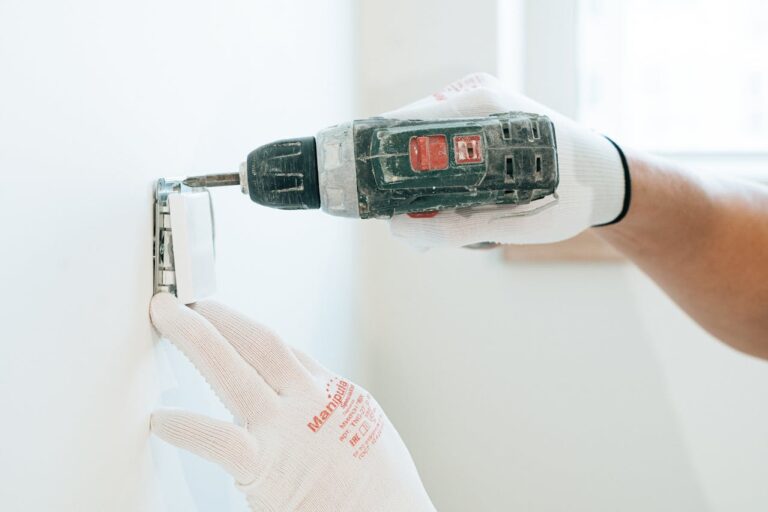
One of the popular choices among the masses looking forward to achieving better energy efficiency in their homes is blown-in insulation. The type of insulation works quite well, filling up all the gaps with a continuous barrier against heat loss. However, one of the most common questions being asked by homeowners is how much blown-in insulation they really need. This article will walk you through all the factors that determine the right amount of insulation, so that your home is properly insulated, be it upgrading your attic insulation in Toronto or any other place.
Factors That Influence Your Insulation Needs
When talking about deciding on the much-needed amount of blown-in insulation, a number of vital factors come into play.
Climate and Regional Considerations
This means that among the most critical factors when determining how much insulation to install is your location’s climate. Homes in colder climates, like Toronto, require more insulation to maintain the warmth inside during winter. Among the most critical factors at this point is the R-value, the potential of insulation to resist heat flow. Recommendations exist in different regions based on R-values, so it is essential to know what your area recommends.
Home Size and Layout
The size and layout of your home also affect the quantity of blown-in insulation you will need. The bigger the house, or the more complicated it is in design, the more insulation that will be required. For instance, compared to a small and compact space, an attic in a sprawling floor plan in a Toronto home may require more insulation.
Existing Insulation
This will depend on whether your home has some insulation or not. It’s very important to inspect currently existing insulation to determine the amount of blown-in insulation you actually need. Sometimes, you just need to top up what is already installed; in some other cases, a full replacement is necessary.
Calculating the Right Amount of Blown-In Insulation
Using the factors above, calculate the exact amount of blown-in insulation needed.
Understanding R-Value
The most important factor used in determining how much insulation you’ll need is the R-value. The larger the R-value, the more the insulation will be able to resist heat flow. For example, attics in colder regions, like Toronto, typically need an R-value of 49 or higher. Knowing the value will help you understand how thick and how much insulation needs to be used.
Measuring the Space
Precise measurements are crucial when deciding on the insulation quantity for buying. First, take measurements of the area you want to insulate. If, for instance, one is to install attic insulation in Toronto, take the square footage of your attic. Multiply the length by the width to get the total area, which will return the quantity of blown-in insulation required.
Calculating the depth of the insulation
Such depth of insulation is closely related to the attainment of the right R-value. Various types of blown-in insulation—cellulose or fiberglass—have different R-values per inch. So, if you are using cellulose insulation, for example, you might need around 13 inches to reach an R-value of 49 in the attic. The manufacturer will provide explicit information on the amount of depth needed for your specific insulation from their instructions.
Types of Blown-In Insulation and Their Requirements
Different types of blown-in insulation types exhibit a myriad of properties and requirements. Here is a quick review of the major categories.
Cellulose Insulation
Cellulose insulation is derived from reconstituted paper products; it has a very high R-value. This type of insulation is very good at filling in gaps and creating a tight seal, so it is excellent for attics and walls. You will be required to determine the depth that shall be needed to achieve the optimum insulation that can attain the R-value you want.
Fiberglass Insulation
Fiberglass insulation consists of fine glass fibers. This insulation material comes with two of the most distinctive characteristics, which include strength and resilience to dampness. Common uses are attics and other moist areas. When working with fiberglass, make sure you follow the recommended specifications given by the manufacturer in order to achieve the proper R-value for your space.
Mineral Wool Insulation
Mineral wool insulation has inherently fire-resistant qualities. It’s just a bit denser than other blown-in types of insulation, so you will require less to hit the exact R-value.
Also Read: The 8 Most Common Causes for Mold in Your Attic
Common Mistakes to Avoid
As you do your calculation for insulation needs, be sure to sidestep some common mistakes.
Miscalculating Insulation Needs
Probably the worst mistake DIYers make is to underestimate the insulation needed. Underinsulation simply leads to higher energy bills and less comfort. It’s always better to be slightly on the plus side than to be a little short and not achieve full coverage.
Over-Insulating
This is less common, but can also be a problem. Over-insulation can promote the buildup of moisture inside the house, which can eventually affect the whole structure. This will also reduce the amount of air circulation within the building.
Blown-in Insulation in Toronto
Proper insulation equates to energy efficiency and comfort within your home. Knowing the right amount of blown-in insulation makes all the difference in the decisions you are to make for the betterment of your home for years to come. If you’re unsure about the specifics, seek professional insulation services for advice and assistance.








